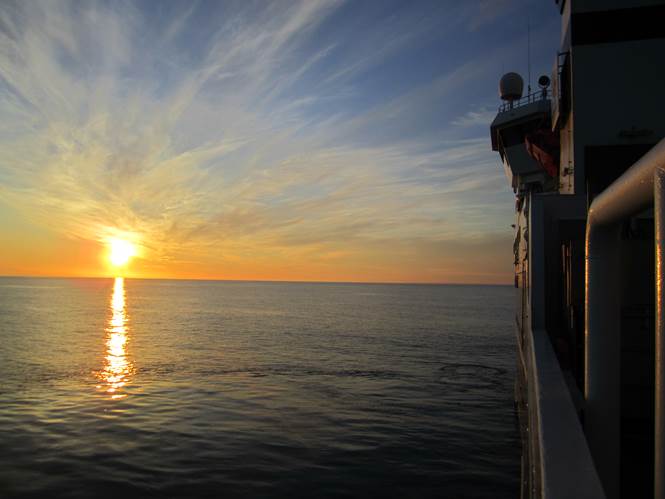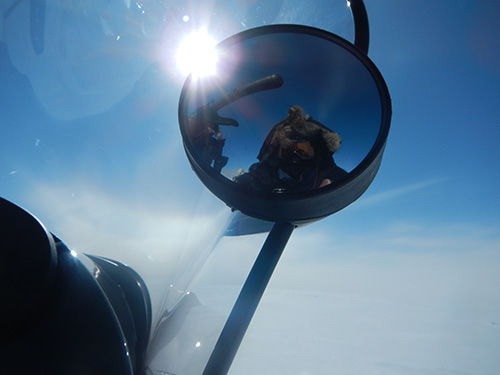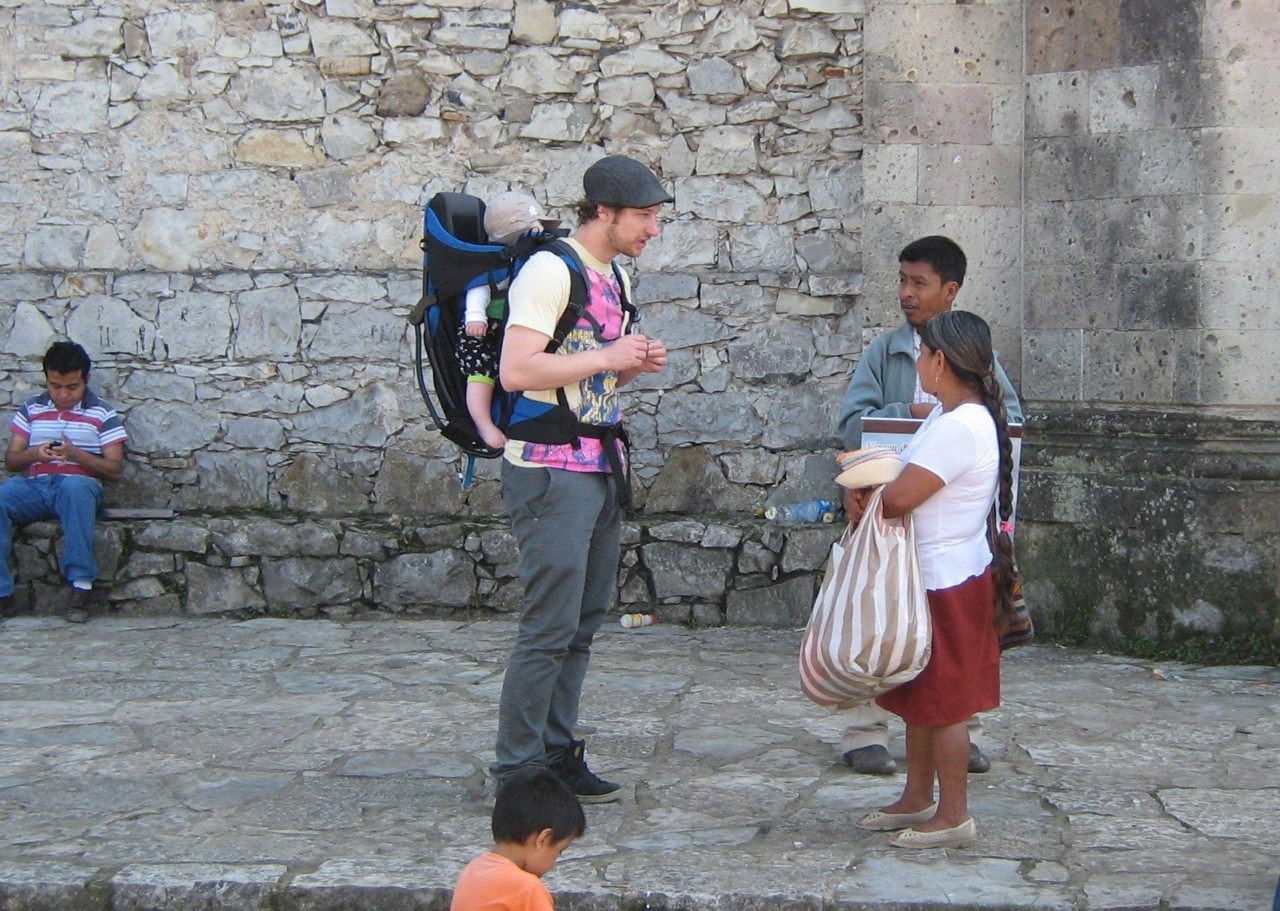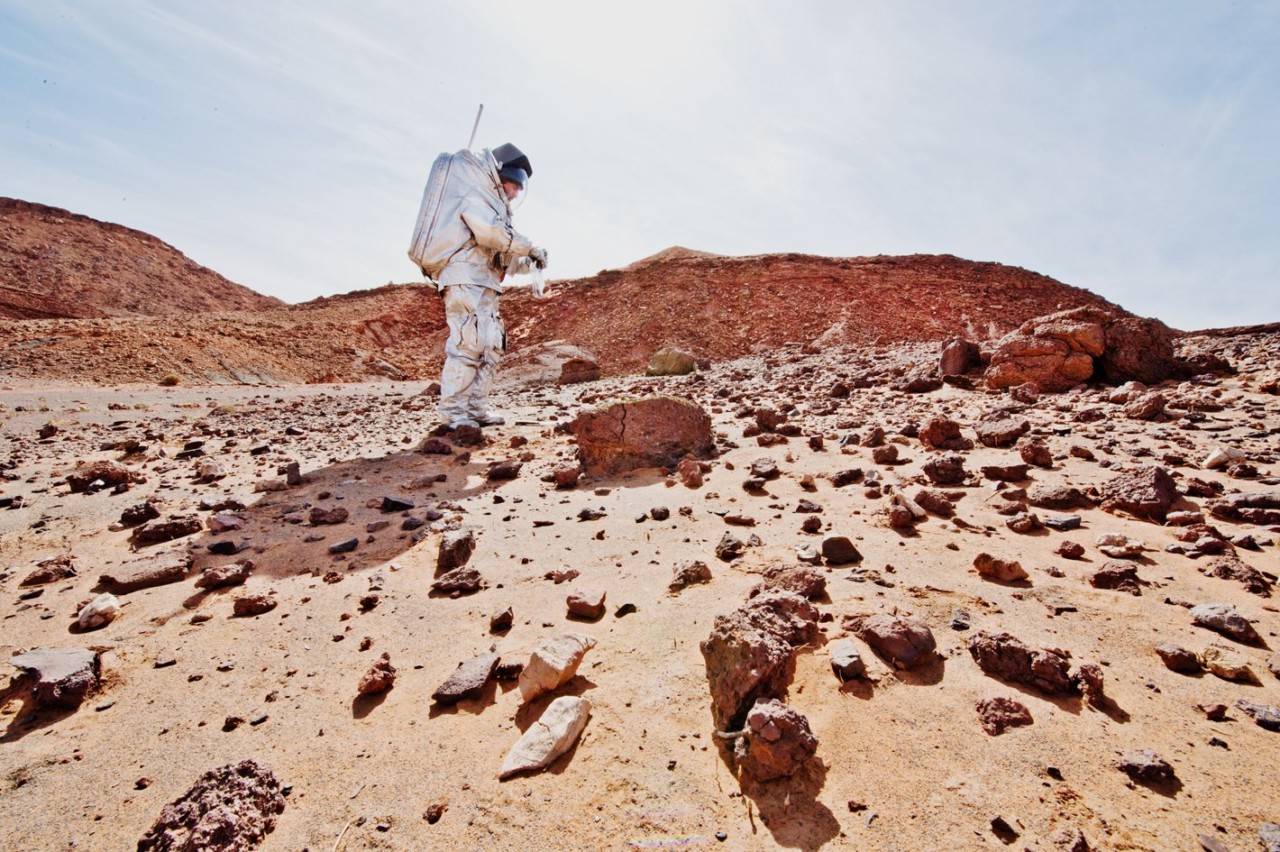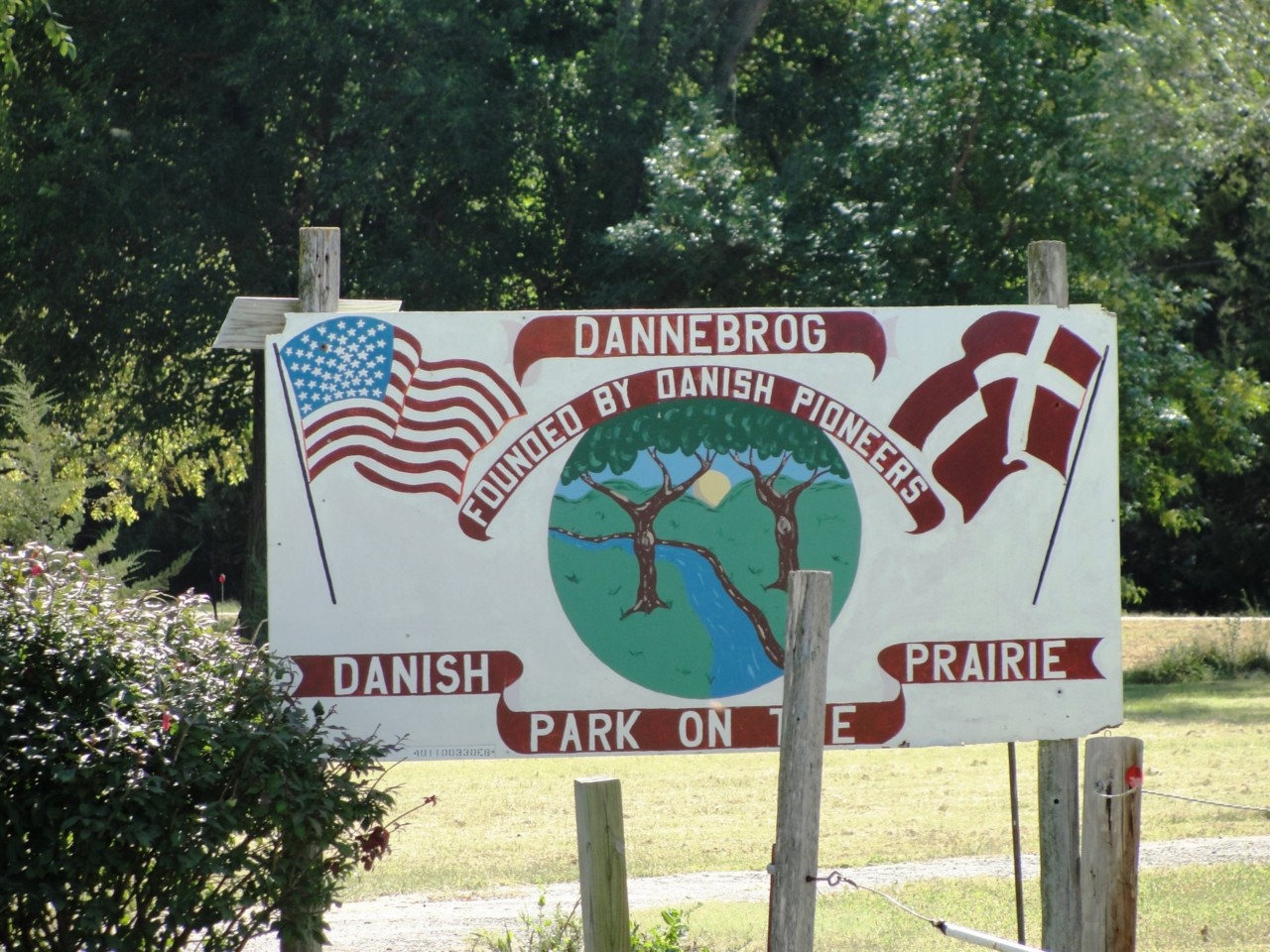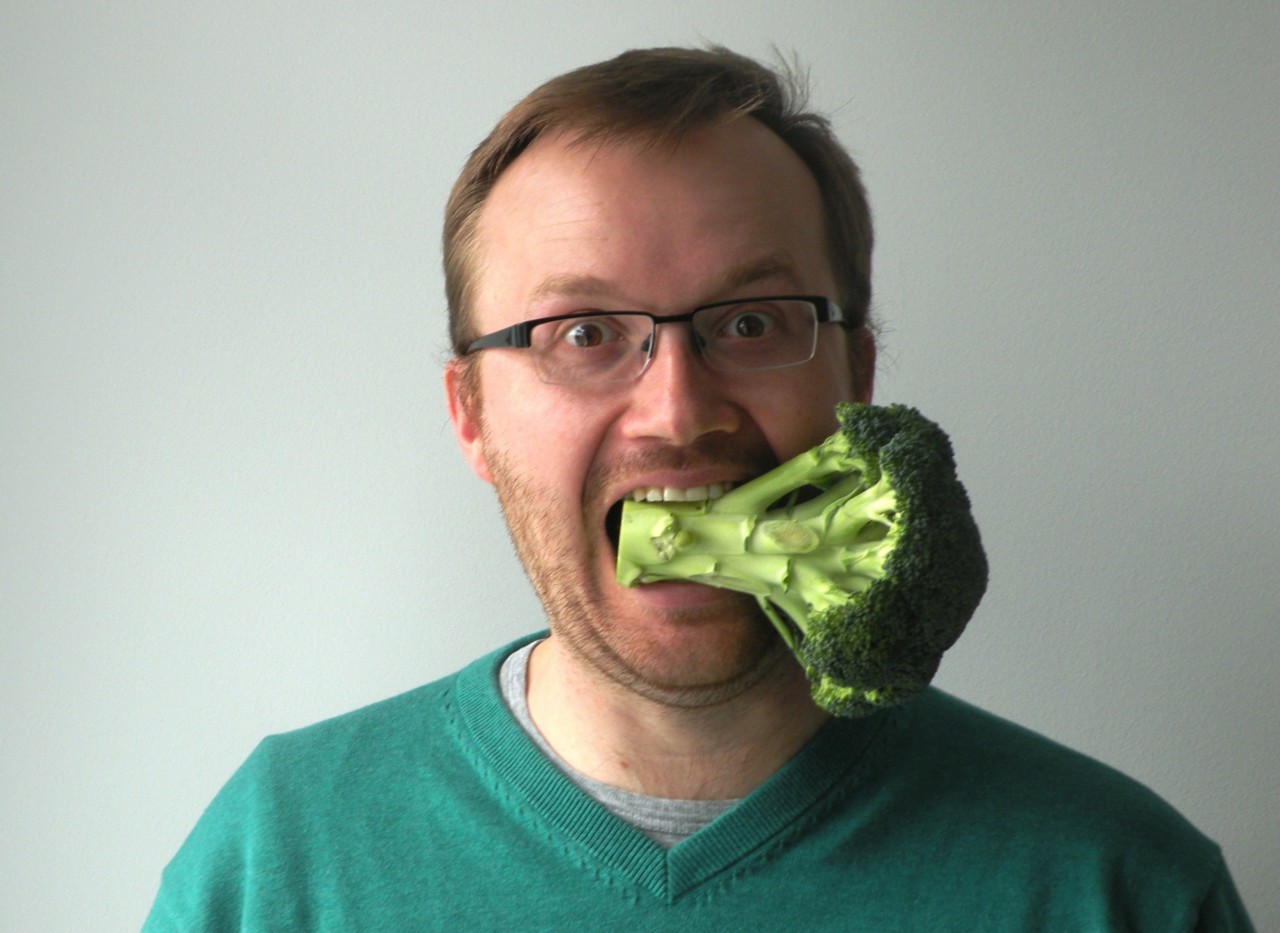Universitetsavisen
Nørregade 10
1165 København K
Tlf: 35 32 28 98 (mon-thurs)
E-mail: uni-avis@adm.ku.dk
—
Science
In our Lab and Library series, PhD students and postdocs from the University of Copenhagen wrote in to share their stories about science and research. Here is an overview.
Lab and Library was the University Post’s research section 2013—2016. It was a user-generated feature where we asked University of Copenhagen PhDs and postdocs to write about the part of their field and research that fascinated them, right now.
The pictures were taken, and the articles were written, by the researchers themselves.
Lab and Library
In our Lab and Library series 2013-2016, PhD students and Postdocs from the University of Copenhagen wrote in to share their stories about science and research.
It was an opportunity for PhD and postdocs to communicate their project to fellow scientists, and to set off the curiosity of other readers for their field. For all of them it was a chance to bolster the ‘publications’ section of their CV.
Scientists in the Lab and Library series reflected about their own lives as researchers. Some of them even went further, and had the researchers themselves, and their own research practices, as their research object.
Take Casper Jacobsen, an anthropologist, for example. Here he reflected on how travelling with a baby during fieldwork helped give him and his partner a role that helped him carry out his research. Because of little Julius, the travelling couple’s renown in the town and circle of acquaintances gave them access to new situations that he could observe.
Martin Borch Jensen also had himself as a research object. For years on end, only ate every second day. For our series he speculated on whether it would extend his own life.
Another health scientist, Panagiotis Mistriotis, looked at the same ageing phenomenon, and explained why, with stem cell regeneration techniques, ageing may no longer be considered a Law of Nature. Here he takes a deep dive here into what he calls the Fountain of Youth.
The University of Copenhagen has a large presence in research related to the Arctic region.
Iben Koldtoft went on what she described as an arctic cruise for a month, dredging sediment off the ocean floor off the East of Greenland.
Meanwhile, thousands of metres up on the ice sheet, Nanna Bjørnholt Karlsson searched for the traces of ancient volcanoes via the acid and dust stored in the ice that she could see with radar equipment.
And up in the very north of Greenland Kristine Dyrnum had her outdoor research ‘laboratory’ sabotaged by birds. She was looking at the balance between carbon uptake and release to find out if the Arctic will boost or buffer global climate change.
Back at home, Aviaja Lyberth Hauptmann looked at ancient permanently-frozen Greenlandic bacteria to find out whether they could be used in a future Greenland-based biotech industry.
In 2014 it was as if everyone was talking about edible insects. OK maybe not everyone. But certainly those who were interested how changes in the global food system could mitigate the effects of humanity on this planet.
Afton Halloran looked at the sustainability of cricket farming in Thailand, while Anja Maria Homann tested how tasty the biscuits were that were being made out of crickets in Kenya.
Speaking of insects. Did you know that the practice of farming, or cultivating other species, was not invented by humans?
Some ants have been doing it for millions of years and are the ‘farmers’ in their own ecological niche, because they give leaves to fungus so that they later can feed on them. Evolutionary biologist Pepijn Kooij explains how in this feature here.
In nature everything is connected. Another evolutionary biologist Peter Søgaard Jørgensen who did his own research into European birds wrote a Lab and Library feature on on how any human practice always leads to a biological counter response.
The Atacama desert in Chile is probably the driest place on Earth. It is the site of the astronomical observatory of Cerro Paranal, and a feature by Daniele Malesani who studies gamma-ray bursts from galaxies that are so far away that their individual stars cannot be distinguished.
Closer to home, a real manned mission to Mars is actually slated to happen in the not-so-distant future.
Luca Foresta, a paleoclimatologist, got the chance to explore ‘Mars’ doing so-called Mars Analog Research testing space suits, rovers and experiments. With hundreds of volunteers he recreated Mars on Earth on a patch of desert in the northern Sahara desert.
When you say the word ‘physics’, you may think of atoms, underground particle accelerators, and incomprehensible formulae debated by overexcited ill-dressed scientists with white spikey hair.
Marcella Cabrera Berg applies physics to something more mundane, but just as beneficial: Teeth cavities. She uses hi-tech neutron scattering technology to improve the cement used by dentists for fillings.
On 14 April 1999, the first episode of the iconic cooking show The Naked Chef with Jamie Oliver was aired. It set off a wave of TV cooking shows that had men, or ‘lads’, at the centre of things. All of a sudden it had become acceptable (almost mandatory) for men to cook. Jonatan Leer explores the phenomenon of the gender switch in cooking in the media and in culture here.
Gender roles and reality TV are also up for discussion in Philip Lavender’s work. He explains how his study of an Icelandic saga called ‘Illuga saga Gríðarfóstra’ (‘The Tale of Illugi, the foster-son of Gríður’) is relevant to moderns. As for the saga, he says, it is a chillier, medieval, version of ‘Sunny Beach’.
Cultures change. So do languages. During the North European mass emigration from 1870 to 1930, a huge number of Danes crossed the Atlantic in search of a better life. So how did the Danish language in the US change? Karoline Kühl analyzed recordings of Danish-American speakers from the 1970’s to find out how.
‘Interdisciplinarity’ is all the rage in science. Jens Hauser takes it to the extreme and unpacks how art and biology supplement each other and turn into something completely different. Like growing a living brain cell sculpture entirely nourished by paper from Hegel’s Phenomenology of Spirit. The purpose? To overcome mutual ignorance in our hyper-specialized society.
You can browse through the set of Lab and Library features 2013-2016 here.
